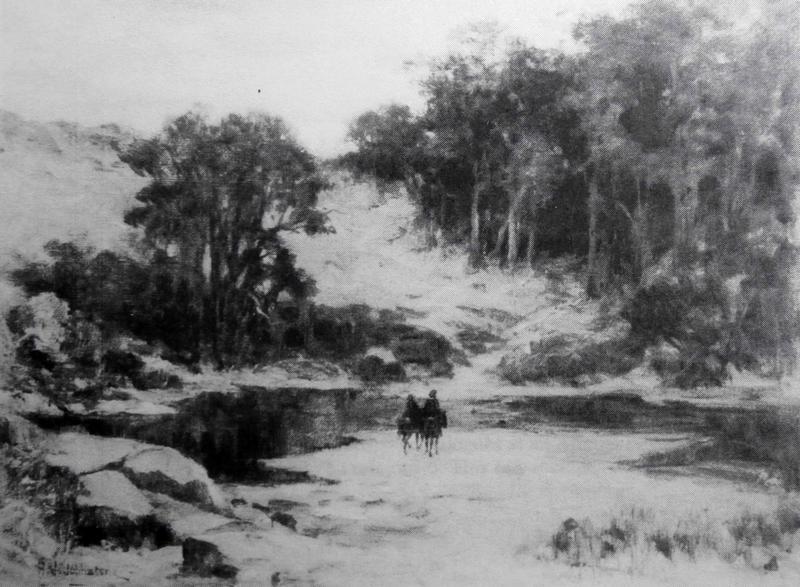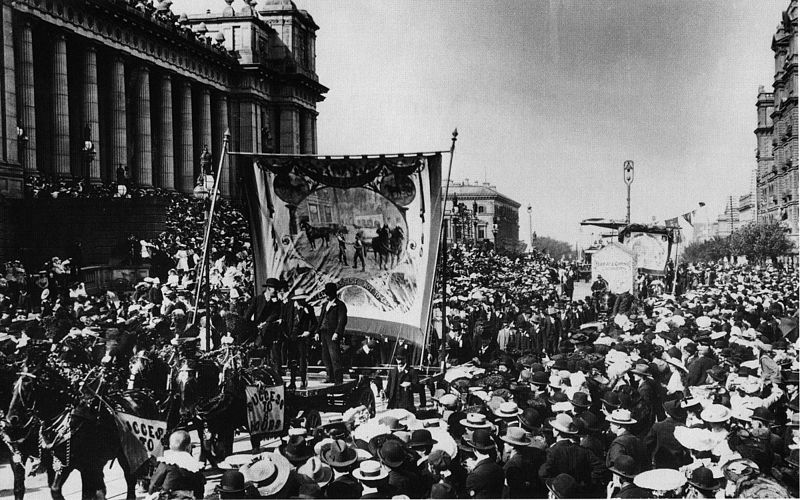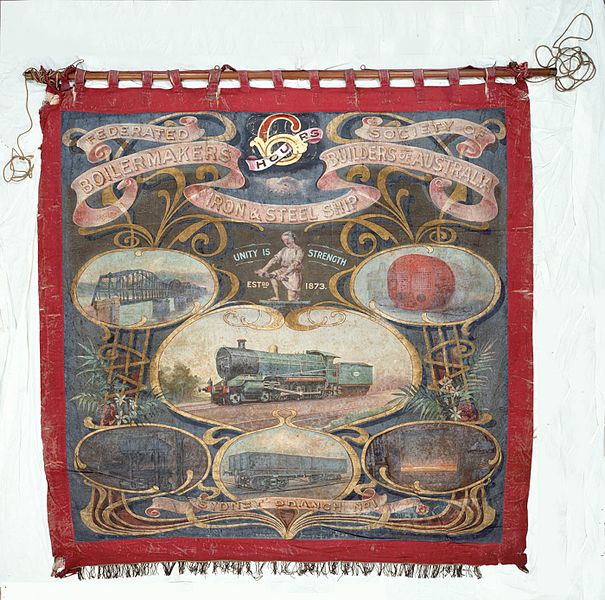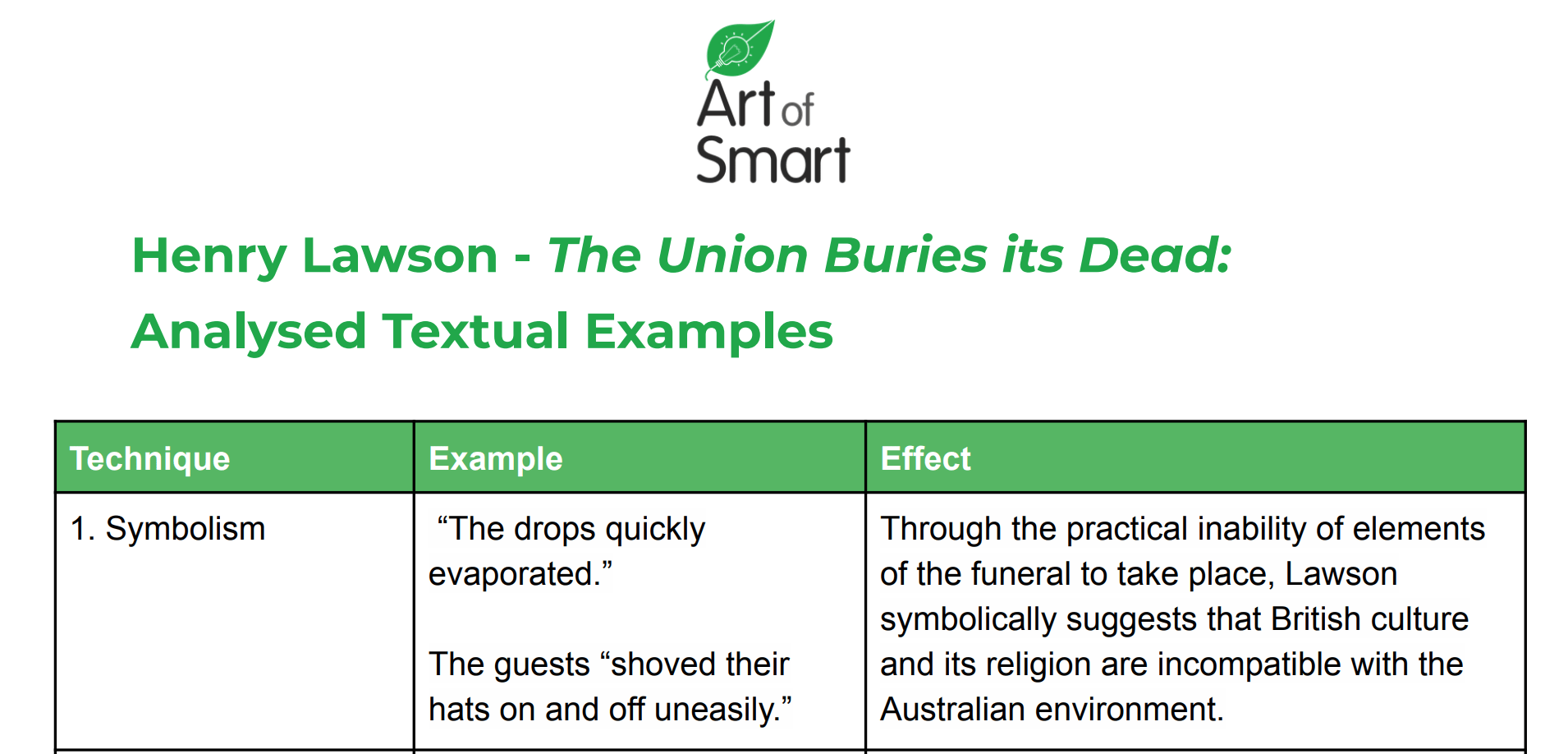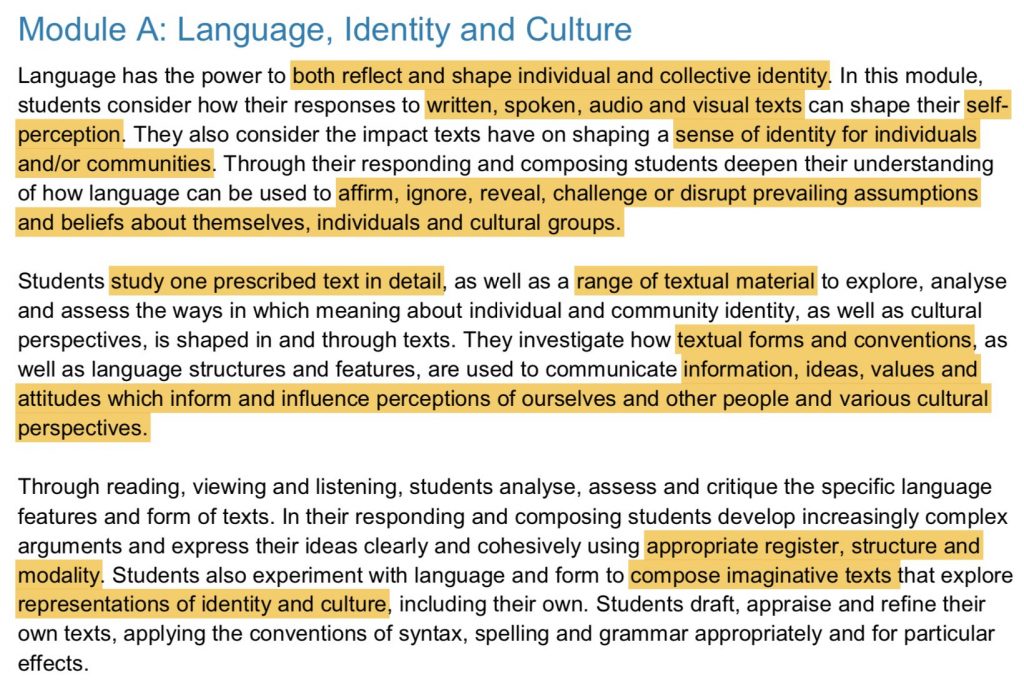Studying HSC English? Need to do an in-depth analysis of Henry Lawson’s The Union Buries its Dead to craft a Band 6 worthy essay?
Well, you’ve come to the right place! We’re going to walk you through the key ideas in The Union Buries its Dead, as well as give you a step-by-step of how to analyse an excerpt from the text.
PLUS we’ll provide you with a sample analysis table (also called a TEE table) and a sample Band 6 paragraph for The Union Buries its Dead!
So, what are you waiting for? It’s time to ace your analysis of The Union Buries its Dead – let’s go!
Synopsis
Context
Key Themes
Link to Language, Identity and Culture
How to Analyse the Union Buries Its Dead
Sample Band 6 Paragraph and Analysed Examples
What is the Union Buries Its Dead about?
The narrator tells us that he passed a young man on horseback as they were out boating across a river. A member of his party mentions that the water is deep enough to drown him. The next day, the narrator sees a funeral gathered for the same man. Nobody in the town knows the man, but they give him a funeral because he is a Union member.
The narrator describes the funeral procession, and the rituals performed at the cemetery. He comments on the absurdity of these British rituals in the Australian environment, and comments that he has “left out” sentimental and romantic descriptions of the funeral, because it was not sentimental or romantic.
The narrator then discusses his name with another drover. He went by the name, “James Tyson,” but that was not his real name. The narrator has forgotten his real name.
Context of The Union Buries Its Dead
Lawson’s stories were written in the 1890, right on the cusp of Australia becoming a federation. For this reason, the exploration of Australian identity and its difference to the British identity is an important theme in Lawson’s work.
The 1890s was also a time of great economic depression in Australia, and the characters in Lawson’s stories are often men roaming the outback, trying to find work as a result of the depression. Due to the depression, a number of Unions were formed and the 1890s was famous for its series of maritime, mining and shearers’ strikes which fought for better conditions for workers.
This reflects the resentment against vested authority and willingness to protest which characterised the Australian ethos at that time.
What is a Union? A union is an organised association which represents the interests of employees in an industry. In the 1890s they fought for rights such as higher wages, better working conditions and shorter working hours.
Key Themes in the Union Buries Its Dead
There are a few standout ideas you can gather from reading The Union Buries Its Dead:
- The importance of community in an individual’s identity
- Nihilism as a result of Australia’s barren landscape
- The absurdity of British practices in the Australian outback
- The realistic portrayal of life in Australia
How the Union Buries Its Dead links to Language, Identity and Culture
Let’s take a look at the syllabus for Language Identity and Culture to get our heads around what this module is all about!
In short, this module is about the relationship between who people are, what group of people they come from, and how this is reflected through language.
However, you are expected to understand not only these relationships, but how these aspects are perceived, and how these perceptions are supported or challenged by the text you are studying.
You can read more about Language, Identity and Culture in our HSC Standard English Module A guide!
Now let’s see how we can link The Union Buries Its Dead to the syllabus!
Link #1: The creation of a national identity separate to great Britain
The ability of The Union Buries Its Dead to help create a national identity relates to the impact texts have on shaping a sense of identity for individuals and/or communities.
The sketch demonstrates how British culture is no longer relevant in Australia through its farcical treatment of the funeral scene where British practices are redundant in the hot Australian environment. This suggests that at this time, Australia was transcending its British roots.
Link #2: Challenging the notion of a Romantic Australian landscape
Through portraying the funeral of the union man realistically, Lawson challenges the prevailing assumption perpetuated by other writers such as Banjo Patterson of the romantic Australian landscape and the “bush legend.”
His statements such as, “I have left out the wattle—because it wasn’t there,” demonstrate his attempts to break down the romantic vision of the Australian bush and instead describe its harsh and barren reality.
How to Analyse The Union Buries its Dead in 4 Steps
Analysis is the building blocks of your essay. And it’s the hardest bit to get right. It is easy to have a good thesis and three good themes, but having good analysis is what will bring your essay from a C, up to an A.
Analysis always needs to be done with a theme or idea in mind, because analysis is your ability to link a technique or quote to a theme or idea!
There are two main steps to doing incredible analysis:
- Linking the technique to the idea in a meaningful way
- Saying something new about the idea
Now let’s put that into practice!
Step 1: Choose your theme
We are going to be looking at the idea of how The Union Buries its Dead focuses particularly on how British religious practices are no longer relevant, and how, because of this, Australia has formed a new cultural identity.
Step 2: Choose your example
A great way to integrate examples into your essay is to paraphrase some of the example, and then quote the part you are going to analyse. This allows you integrate your quote into your sentence smoothly, like below:
The funeral traditions of sprinkling holy water and taking off one’s hats become comical in the Australian environment, when the water cannot be successfully sprinkled because “The drops quickly evaporated” and the hot sun means that the guests “shoved their hats on and off uneasily.”
Step 3: Identify techniques
When trying to find a technique within your example, it’s not about finding the fanciest technique or just any old technique for that matter!
It’s about identifying a technique which will enable you to say something about your idea that’s interesting and can contribute to your argument and analysis.
The technique that we’ve pulled out of this example is symbolism!
This is a great technique because it’s going to allow us to connect the quotes really meaningfully to our main theme.
If you need to brush up on your literary techniques, check out this cheat sheet of literary techniques to help you analyse Henry Lawson!
Step 4: Carry out your analysis
Did you know the key to good analysis is starting with a technique? You focus on the technique and identify what it reveals about an idea.
Good analysis involves using a technique to say something in addition to what the quote says.
Bad analysis is using a technique to restate what happened in the quote.
It usually sounds something like this: “Therefore symbolism shows how British religious practises are no longer relevant”, without going into any real depth.
So, what does the technique of symbolism reveal about Henry Lawson in this passage?
Through the practical inability of elements of the funeral to take place, Lawson symbolically suggests that British culture and its religion are incompatible with the Australian environment.
Now, let’s organise our analysis by placing it in a TEE table like below!
What’s a TEE table?
The TEE in TEE table stands for Technique, Example and Effect. They’re a great tool you can use to analyse your text.
All you have to do is include your pieces of evidence under ‘example’ then identify the technique in the ‘technique’ column and carry out your analysis.
If you’re analysing a few themes, it’s a good idea to have a separate TEE table per theme. For example, for Henry Lawson, you may want to keep all your pieces of evidence that relate to a new Australian identity in one table.
For more info on what a TEE table is and how to use one to boost your analysis of an HSC text, check out this article!
Sample Band 6 Paragraph and Analysed Examples
We’ve analysed another two examples using TEE tables for The Union Buries Its Dead that you can access for FREE below!
We’ve also got a sample Band 6 paragraph that you can read over in our downloadable guide below!
And that wraps up our guide to analysing The Union Buries Its Dead for Language, Identity and Culture – good luck!
Need some help with your analysis of other texts?
Check out other texts we’ve created guides for below:
- Billy Elliot
- Past the Shallows
- The Crucible
- King Henry IV Part 1
- All the Light We Cannot See
- Keats and Bright Star
- Pygmalion
- The Merchant of Venice
Are you looking for some extra help with your essay analysis of The Union Buries Its Dead?
We have an incredible team of tutors and mentors!
We can help you master your essay analysis of The Union Buries Its Dead by taking you through the summary, context, key characters and themes. We’ll also help you ace your upcoming English assessments with personalised lessons conducted one-on-one in your home, online, or at one of our state of the art campuses in Hornsby or the Hills!
We’ve supported over 8,000 students over the last 11 years, and on average our students score mark improvements of over 20%!
To find out more and get started with an inspirational tutor and mentor, get in touch today or give us a ring on 1300 267 888!
Brooklyn Arnot has a Bachelor of Arts majoring in English Literature with Honours at the University of Sydney. She scored an HD average and has even received the Dean’s award for excellence! Brooklyn teaches our English classes at Art of Smart and has over 5 years of experience supporting Year 11 and 12 students throughout their HSC. She’s also a new Syllabus expert and studied 4U English in high school.

